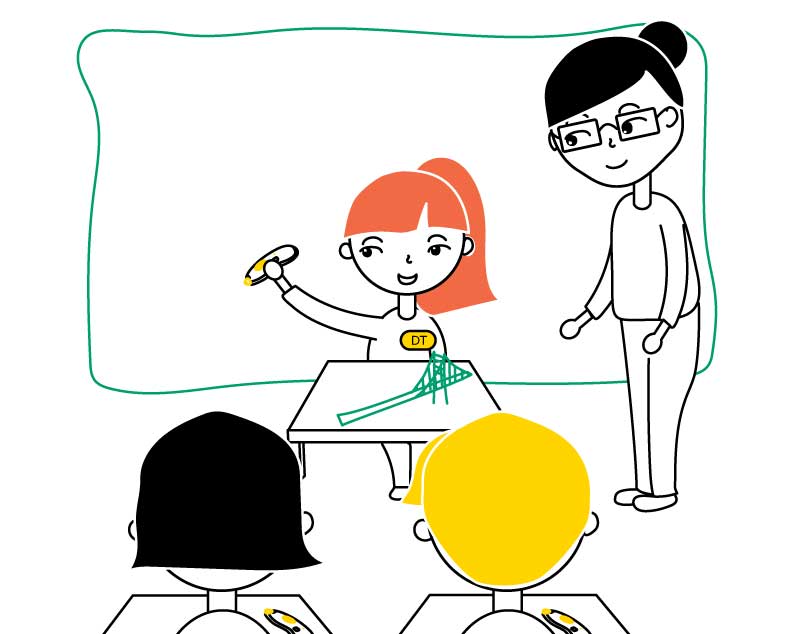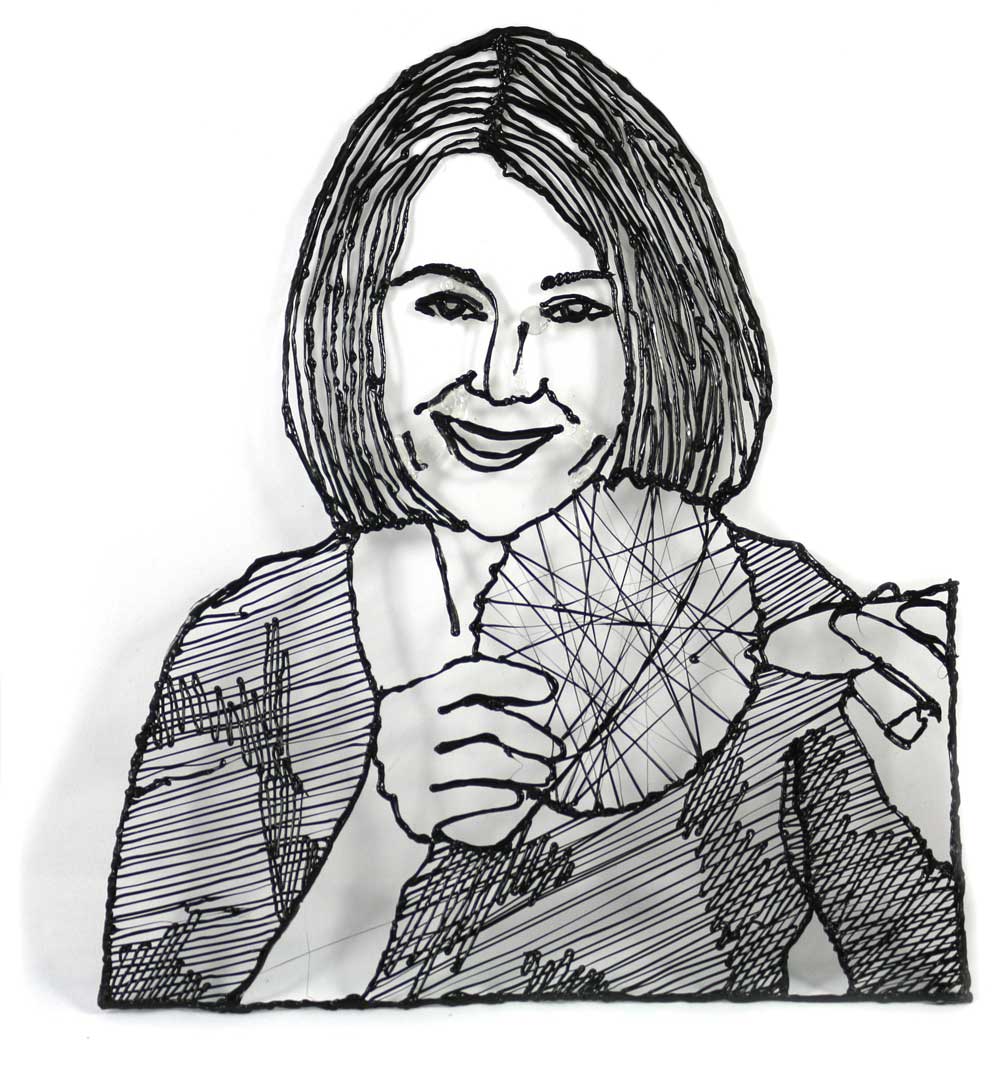Anyone who is familiar with the 3Doodler brand will recognize that our Purpose is to inspire and enable everyone to create. As a tactile tool, there’s a natural fit of our product in learning Art & Design, STEM, and other academic disciplines, corroborated by the growing demand from classrooms over the last few years. To continue to meet students’ learning needs, it’s important for us to constantly improve our EDU products and ensure the best possible classroom experience for our users.
A first glance of our Learning Packs
Designed with teachers, for their classrooms
We have spent countless hours working on the redesigned Learning Packs, with the outcome of an easier, better experience for teachers and their student users. Finally, with the launch of these products today, we’d like to share the thinking behind the new design!

All our 3D pens are made to be as simple and easy to learn as possible, avoiding obstacles between a user and their ability to create. This quality had to be carried through every aspect of the new EDU Learning Pack product experience, from the moment the teacher and students open their boxes, to when they make their first doodle. And what better way to truly understand the needs of teachers and students in the classroom, than to ask teachers?
3 Design Thinking Pillars
After numerous consultations with teachers who use the 3Doodler, it became clear to us that there were 3 consistent themes in what they were looking for:

Simple to understand

“If they don’t use it, lose it.” The first step to making our Learning Packs more valuable, was by removing components that don’t add value for teachers. We took out what they thought was least useful in the EDU Bundle, making room for more items, such as education-specific learning materials and robust containers.
With the contents that remained, we redesigned the creatives, the wording, and the overall layout, to make the information more clear, concise, and easily digestible. We also learned that teachers and students find it easier to process images rather than words alone, so we added more visual examples, and less text, in our guides.
Efficient use of time
Teachers are busy people. Finding the time to plan a new lesson is a challenge, let alone to introduce a whole new way of enabling student learning. To overcome this, we had to find a solution that helped teachers save time – before, during, and after the class. An important component in saving time for teachers was to make the Learning Packs extremely accessible to students, so that they could take charge of their own learning journey with 3Doodler.

"Students can help themselves to their own pens and accessories, and grab plastics from the huge assortment available in the Plastics Kit." Share
The new Learning Pack contains a Teachers’ Kit, Students’ Kits, and a Plastic Kit. Before class, the teacher can familiarize him/herself with the Teachers’ Kit, which comes with a checklist of items to go through, a cheatsheet, and lesson plans and activity guides. During the lesson, the class can refer to a specially designed poster (included in the Learning Pack) on doodling basics. A troubleshooting guide and set of tools is also available for quick fixes. By creating multiple easy-to-grab Student Kits, students can help themselves to their own pens and accessories, and grab plastics from the huge assortment available in the Plastics Kit.
Separating out the kits this way makes the material management easier for the teacher. They no longer need to spend time on distributing the tools and figuring out all the components, eliminating confusion and chances of errors. Student teams will also appreciate a sense of ownership over their own kits! After the lesson, students simply have to return all materials into their compartments, ready for the next class.
Friendly and intuitive to all

The Activity Guide and free lesson plans, tutorials, and stencils on our website have all been designed with teachers, and with the aim to inspire everyone to create, no matter their age or artistic ability. Building a dinosaur fossil may appear overly ambitious, but not if you have a stencil you could print and use. A roller coaster model seems impossible to make? Not if you can follow a step-by-step guide.
There are ideas for everyone, and limitless things to create, play with, and learn from. All it takes is to start.





